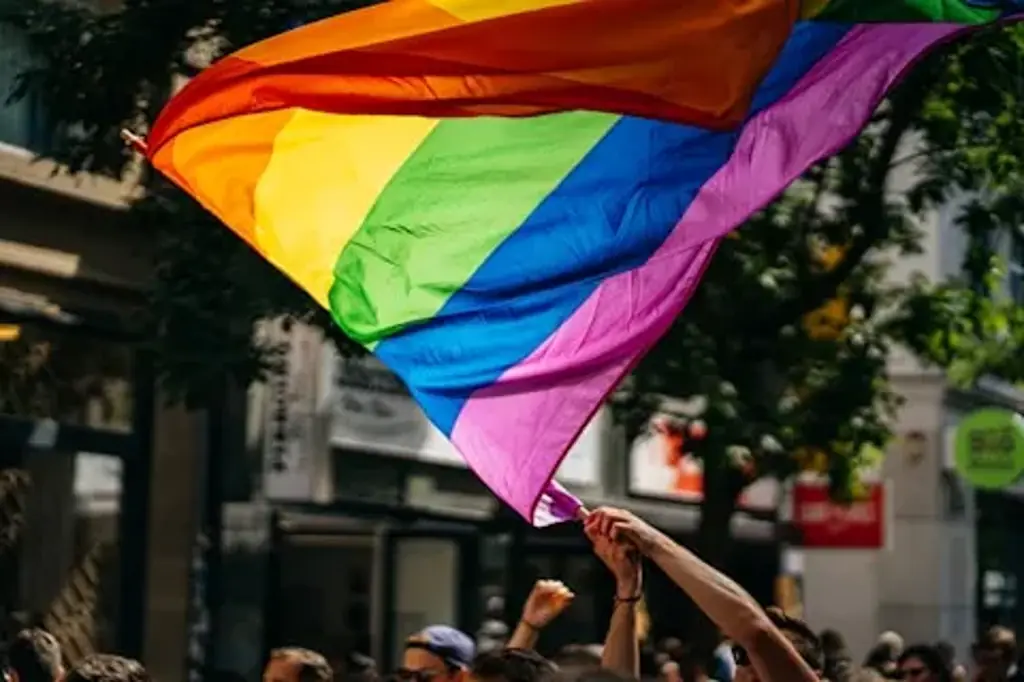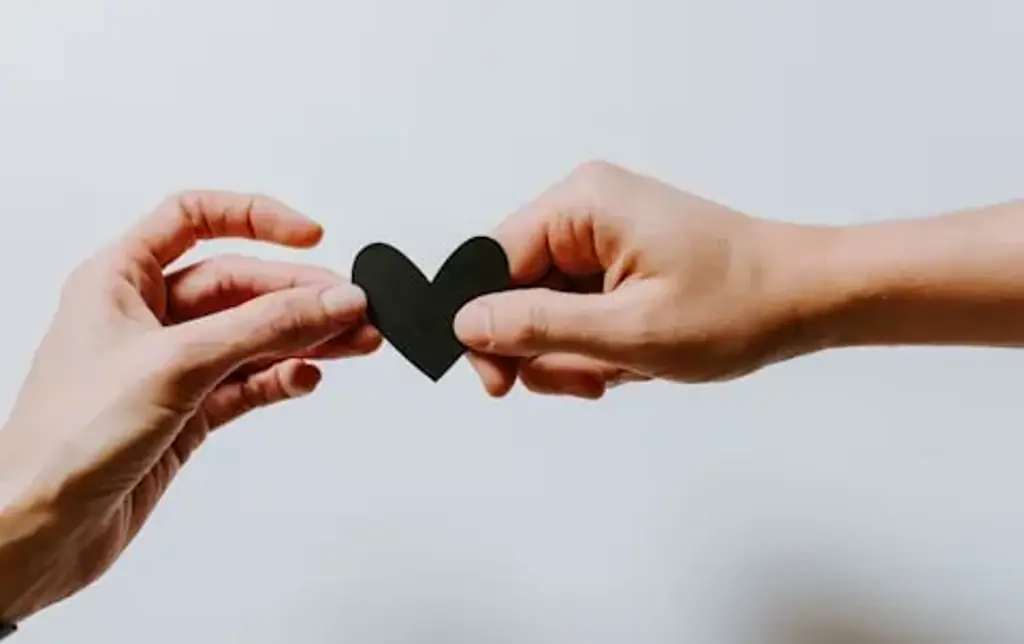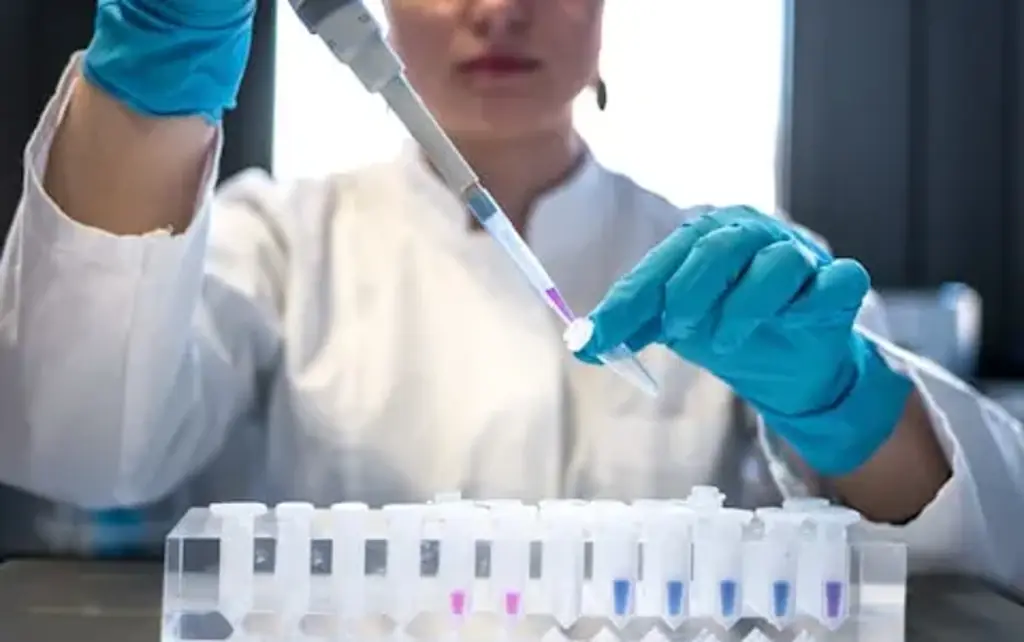
If I asked you to picture the classic Disney princess, what image would come into your head? I'm willing to bet that's it's a white woman with a pert figure sporting a long pink dress. She's probably busy watching the clock for a man to come and rescue her. Standard Disney, right? What else would you expect?
Nevertheless, in recent years Disney has set about transforming their heroines. Now, in the 21st century, their princesses no longer let men fight their battles for them, but instead rule kingdoms and carry crossbows in their back pockets, ready to be fired at opportune moments. Nowadays, they often stand as heroines on their own two feet.
That being said, Disney still have a long way to go when it comes to sexism, issues of race and all-round representation of minorities. After all, every little girl and boy growing up needs to see someone like them on the screen, and all the better if it's on the Disney screen.
[[instagramwidget||https://www.instagram.com/p/BgORgyDgmNW/]]
However, the idea of exactly how far Disney should go when it comes to representation caused a storm on Twitter last week when one user posted an idea that proved incredibly controversial: that the film studios should put an HIV-positive princess on their screens.
The tweet simply read: "We need a HIV + disney princess We need a HIV + disney princess We need a HIV + disney princess We need a HIV + disney princess We need a HIV + disney princess We need a HIV + disney princess We need a HIV + disney princess"
It's suspected that the initial tweet was posted by a troll account, which has now been deleted. However, troll or not, the tweet stirred up outrage among some users on the social media site and started a conversation about which kind of people should be depicted by the media and entertainment industry.
[[instagramwidget||https://www.instagram.com/p/BgMKbfoARGu/]]
Many expressed fury that the idea of an HIV-positive Disney princess had even been broached, claiming that the topic of human immunodeficiency virus should be off-limits to children, as well as any other sexually transmitted disease or similarly adult topic.
"I can't believe somebody said there needs to be a HIV positive Disney princess.... Can't make this shit up. Like what would the plot of that story even be? She gotta find Magic Johnson for the cure? What?" wrote Craig's VCR. Furthermore, someone with the account name "Will" wrote: "When I saw someone demanding HIV positive representation in a Disney princess movie, my mind was made up that my children will never be around y’alls children."
Others pointed out that a storyline involving HIV didn't exactly scream the average Disney storyline, with one person posting: "The fuck would we need an HIV+ Disney princess for? How would that even be incorporated into the storyline?" and another writing "Why are these people wanting to normalize the spread of STDs? Trying to make STDs seem glamorous, is pitiful."
[[twitterwidget||https://twitter.com/roIleigns/status/971621091155333120]]
[[twitterwidget||https://twitter.com/elioperlsman/status/972139447478255616]]
[[twitterwidget||https://twitter.com/fuckwillie/status/972614677304893440]]
[[twitterwidget||https://twitter.com/MsBlaireWhite/status/972275687389147137]]
[[twitterwidget||https://twitter.com/CooleyTy856/status/972494330534473729]]
However, a few people on Twitter were more open-minded about the idea, with some insisting that a character struggling with the virus, which damages the immune system, would raise awareness.
[[twitterwidget||https://twitter.com/JDaQue2/status/971834014674939906]]
The Twitter troll's goading of Twitter users had officially worked: They were discussing the idea of an HIV-positive princess. However, while supporting fraudulent social media accounts is certainly not something that should be done, the incident broached an interesting conversation about the idea of representation in Disney films in general.
Although the film studio has certainly improved on representation, there is more to be done, and their strive to bring their movies into the 21st century has come with several glaring errors. Take the “first exclusively gay moment in a Disney movie” for instance. Many people were thrilled when it was announced that two male characters in the new live-action Beauty and the Beast film were to have a romantic storyline. Others were outraged, with the movie being banned in Malaysia. But public interest in the incident turned out to be much ado about nothing; the moment in question was nothing more than LeFou dancing with a man in the final ball sequence for a blink-and-you'll-miss-it nanosecond.
[[twitterwidget||https://twitter.com/tmcripple/status/972169788779724800]]
[[twitterwidget||https://twitter.com/justkween/status/973773548383866883]]
[[twitterwidget||https://twitter.com/Irwinthefish/status/972885337159675904]]
Or look at Moana, the first Disney princess to send a "positive body image message". Disney's heroines have long been criticised for their long limbs and tiny waists so the adventurous teenager was hailed as the first princess to break the mould. However, while she did represent a more realistic figure, it was noted that the Princess of Motunui was still pretty tiny in the grand scale of things.
Furthermore, outspoken artist and fashion critic Alexsandro Palombo has pointed out the lack of disabled people featured by Disney, even recreating the princesses in an image that asked: "Do you still like us?" “Have you ever seen a disabled protagonist in a Disney movie?” he asked on his blog, Humor Chic. “You sure don’t because disability doesn’t match Disney standards!”
So, will we ever see an HIV-positive princess on a Disney screen? It seems majorly unlikely. Regardless, it seems that people are determined to convince Disney to diversify their lead characters. And with good reason because, although the motion picture studios have made some attempt to broaden their horizons, a lot of people out there don't think they've done enough.














